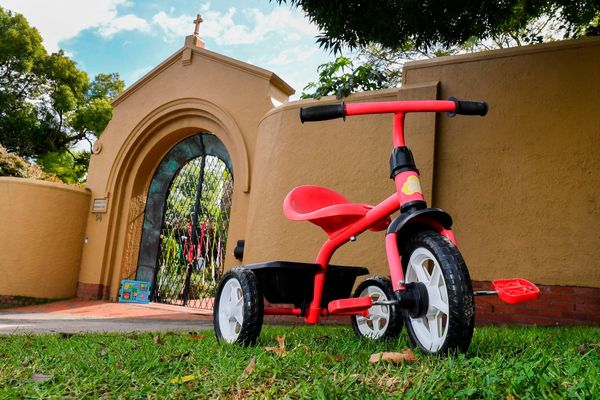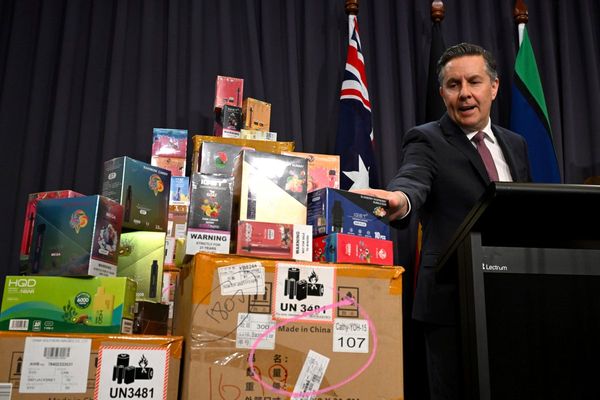
Increasingly, phone companies are able to come up with big-screen smartphones while keeping the phone size in check. The Xolo Black (Rs.12,999) and InFocus M810 (Rs.14,999) are two such examples.
Design
As the name suggests, the Xolo Black is completely dressed in black. The glass finish at the back adds shine and an expensive feel, something that Sony’s more expensive smartphones have managed well. The hard anodized plastic on the sides is quite useful for grip.The M810 has a metallic exterior, also with a layer of glass. With the gold colour peeking out at multiple places, the phone looks attractive.
At 6.9mm, the M810 is slightly sleeker than the Xolo Black (7.3mm).
But then again, the Black has a rather interesting placement for the notification LED—it has been integrated into the power key itself, and looks quite cool when there is a new message or mail waiting to be read.
The InFocus has taken a slightly different design route with the M810’s volume keys, which are carved into the side panel. While it looks unique, adjusting the volume of the earpiece while on a call is a bit difficult. Despite their 5.5-inch displays, both the phones are quite handy in terms of width and length. Even though they have generous amounts of glass, the M810 is more of a fingerprint nightmare, with smudges showing up instantly.
The speakers are placed on the lower spine in the Xolo Black, like the Apple iPhone 6. In the M810, the speakers are placed above and below the display, somewhat like HTC’s Desire range.
We like the M810 for its swanky look and shiny coloured options.
Display
Both phones are on a similar footing here, with each packing in 5.5-inch full HD (1,920x1,080 pixel) displays. The Xolo Black has a more natural-looking display, with realistic colour reproduction. On the other hand, the M810 has more colour-control options within the settings, and the display seems a tad brighter. The InFocus comes with the Bluelight Filter feature which is rare on smartphones—Bluelight is considered bad for the retina, and switching on this filter subdues the display and reduces eye strain. It is also less reflective than the Xolo Black, which makes it more suitable for outdoor use. Both phones are on a par when it comes to the clarity of text, detailing of visuals, and overall sharpness.Software
Both phones run the latest version of Android (Lollipop), but each has it own custom user interface (UI) wrapped around the operating system. The Xolo Black uses something known as Hive—it does remind us of Yahoo!’s Aviate launcher app (free download from the Google Play Store). Hive is complicated, with a new icon style theme which converts every app icon into a circular version. Even the simplest task of searching for an app takes time because they all look similar.The M810’s UI does not offer any significant performance improvement over stock Android and is meant primarily to create a distinct feel. For instance, you can change the way the UI looks—while the default UI shows all the apps on the home screen, you can switch to the plain Android style, which includes an app drawer—this is a more conventional method, and most users will be more comfortable with this theme on the M810. The app icons look livelier than on the Xolo Black. The UI in the M810 isn’t spectacular, but it is simple and easier to use than Hive.
Camera
The Xolo Black comes with two cameras at the back—13 megapixel (MP) and 2 MP. It has the dual-camera mode that lets you focus on one object in an image, press the shutter, focus again on another object, and press the shutter again. Both images will be saved side by side. The InFocus also comes with a 13-MP camera, with photo modes such as low-light, object erase and blink detection.
While the M810 has more camera features, the Xolo Black offers better image quality—it pulls in more detail, and the colours look more accurate and real. In terms of sharpness, both are on an equal footing. In low-light, the M810 reproduces more detail, but the sharpness is on the softer side. The selfie camera is a 5-MP affair in both phones and the quality is good enough for selfies and video chats. Overall, the Xolo Black has a more dependable camera across different lighting environments.
Performance
The Black is powered by a Qualcomm Snapdragon 615 octa-core 1.5 GHz processor and is backed by 2 GB RAM and 16 GB internal storage. The M810 runs on a more formidable Qualcomm Snapdragon 801 quad-core 2.5 GHz processor, paired with 2 GB RAM. It is a high-performing processor and was used in high-end flagships in the recent past (such as the HTC One M8). The internal storage stands at 16 GB. Both devices handled multiple tasks and games well without any signs of heating up, or discernible lags.
Battery
The Xolo Black comes with a 3,200 mAh battery which easily provides over a day’s backup, with reading, social networking, taking pictures, watching movies for an hour and playing games for 30 minutes. The M810 has a smaller 2,600 mAh battery, which lasted a whole day. Clearly, the Xolo Black’s battery lasts longer.
Verdict
Both phones look good, are built well, pack in enough specifications to offer good performance and don’t cost a lot of money. But, all things combined, we prefer the Xolo Black’s performance, longer battery backup and better camera, even though it has a complicated UI.













